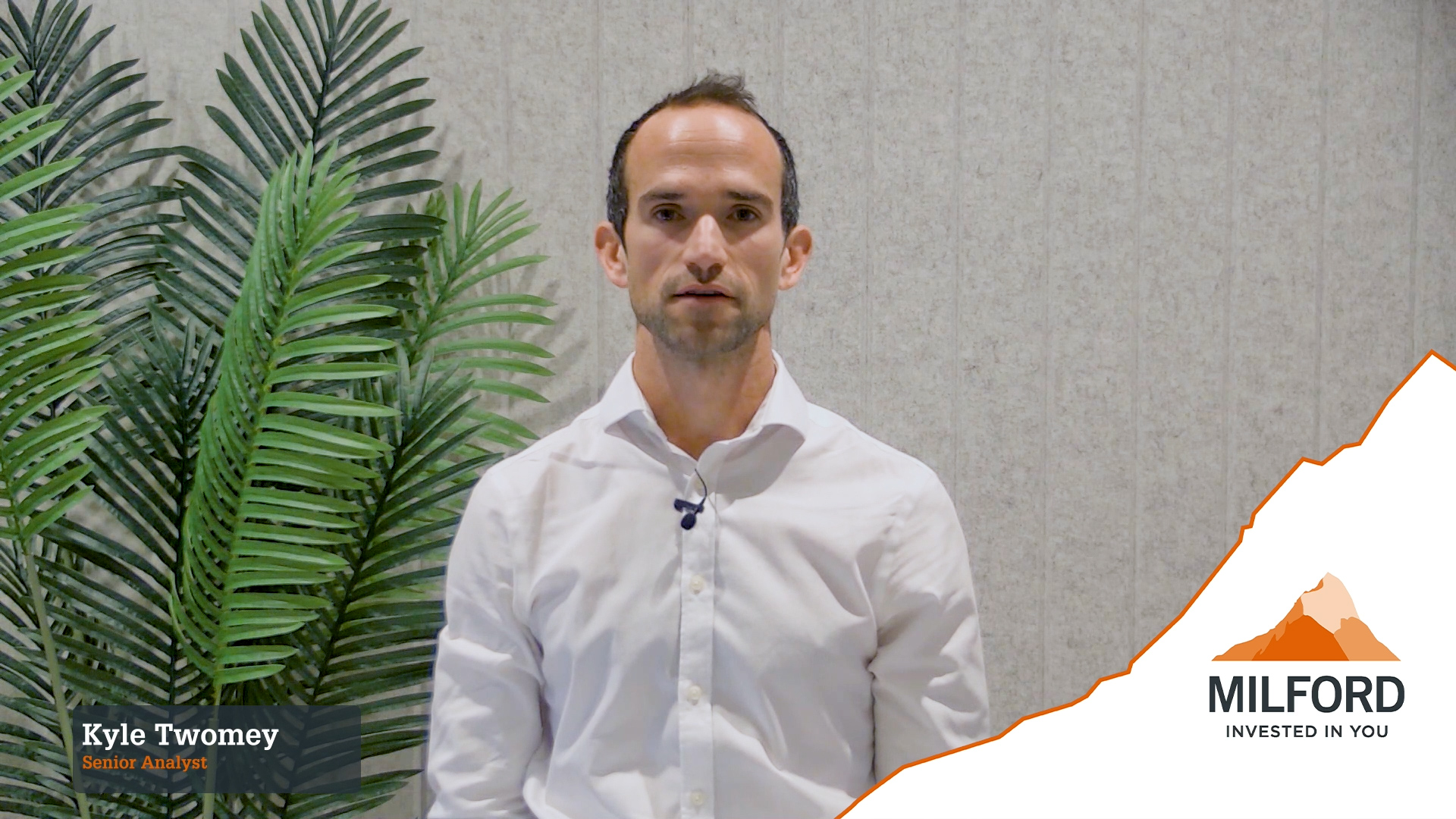Merger and acquisition activity in the Australian listed infrastructure space is notably hot. There are six core infrastructure companies listed on the ASX, of which three are currently under offer to be taken private. Why the interest in these securities and what are the implications for general investors?
This activity is illustrative of the very strong current demand for infrastructure securities, the scarcity of these types of companies on the domestic market, and what is seen by the acquiring parties as attractive pricing.
Australian infrastructure companies presently under offer:

Source: companies’ websites
In terms of the investment case for these stocks, Sydney Airport is expected to see passenger numbers recover as society normalises from Covid, while Ausnet Services and Spark Infrastructure are stable utilities that will be pivotal to the greening of Australian electricity generation.
It is worth noting that approvals from the ACCC and the FIRB are still pending for the current suite of offers, and the Treasurer also has a veto right to preserve the national interest against foreign ownership. These approvals represent some ongoing risk to deal closure (and subsequently stock prices relative to deal prices offer mid to high single digit annualised returns).
Australia is abundant with infrastructure investment specialists, and notable pools of private capital hunting for infrastructure investments include the various Super Funds, IFM, and Macquarie. Many offshore investment funds are also active in this space, including the Canadian Pension Funds and Brookfield. These investors have long recognised the unique nature of the asset class, of which there are two defining features:
- Infrastructure companies provide an essential service to society (roads, airports, utilities, rail, mobile towers) and earn revenues by charging fees to users (e.g., tolls for road usage, energy bills, airline charges). These fees typically grow with inflation (owing to regulation, contracts, or pricing power). This grants asset owners some protection in higher inflationary environments. This is attractive as investors seek to protect the purchasing power of their investments (plus earn a real return on top of that), and further there are particular investors (such as defined benefit pension funds) who have a future liability cash flow stream to fund that is linked to inflation.
- Another defining feature is infrastructure companies tend to be long duration assets (owned in perpetuity, or under a long-term concession). So investors are buying assets with a high degree of certainty / predictability, over a long period of time – attractive as a conservative investment allocation for long-term capital.
The three remaining infrastructure stocks on the ASX (APA – gas, Transurban – road, Atlas Arteria – road) may benefit from flows from investors in the acquired stocks looking for a similar exposure. There is also some speculation that these companies could themselves be targets, although each has its own quirks – Transurban is very large, Atlas’ core asset is a minority holding in a French toll-road, and APA as a gas company faces ESG headwinds.
Meanwhile, Transurban continues to pursue its own corporate activity, having recently acquired the NSW government’s 49% stake in WestConnex, and looking for opportunities in North America. APA may continue to pursue Ausnet, and previously had a strategy of looking to acquire a US gas utility.
While it is likely the ASX will soon offer just three core infrastructure securities, the listed infrastructure opportunities offshore are substantial, notably in the UK, US, and Europe. These companies offer the same underlying attractive fundamentals that large, sophisticated investors access via private transactions, but benefit from being quoted on sharemarkets and with continuous liquidity. Milford invests in this space via our internal Global Real Assets Strategy, and we continue to find compelling investment opportunities in the sector for our clients.


